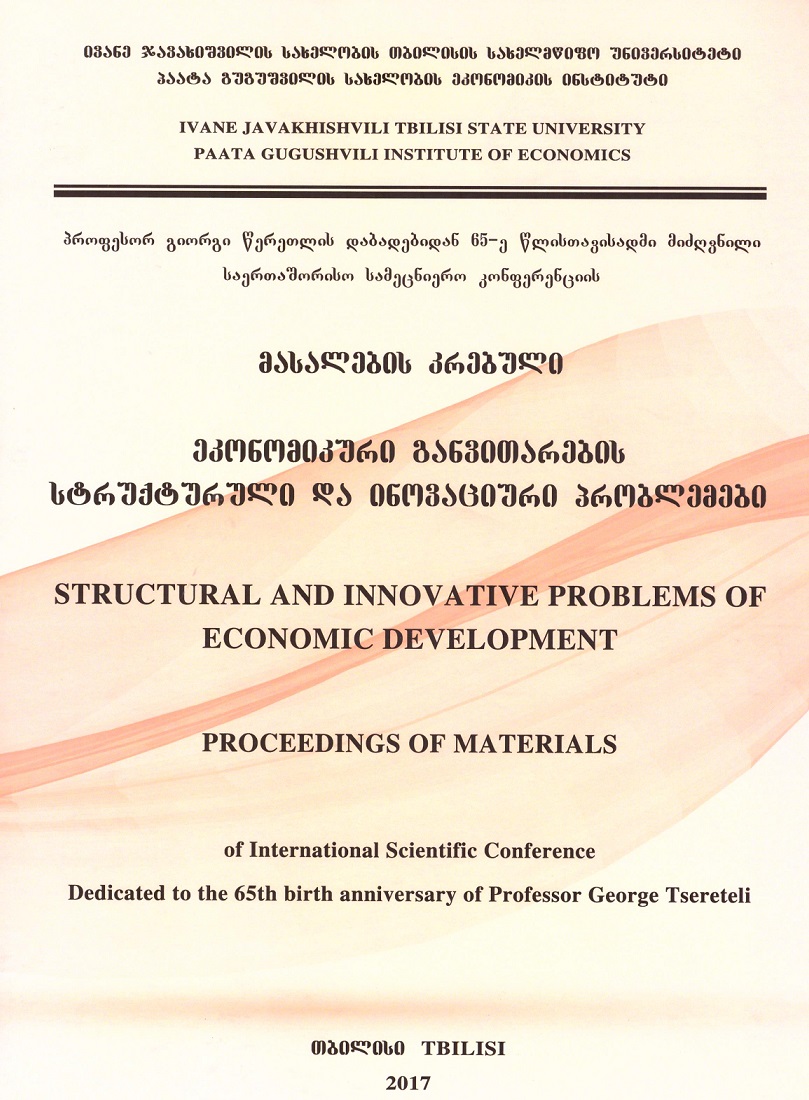
Ivane Javakhishvili Tbilisi State University
Paata Gugushvili Institute of Economics International Scientific

DEMOGRAPHY IS DESTINY
Summary
The presented article discusses the demographic situation of Georgia in the new century. Statistical material and various forecasts are used. A comparison of current statistics and forecasts shows that the demographic situation in the country is more severe than what was predicted by the forecasts. The country has an aging population and a low birth rate. Today, Georgia actually has a smaller population than the UN predicted with a low option. The median age of the population of Georgia is constantly increasing. The main reason for the increase in the median age is the decrease in the birth rate. Last year, the least number of children were born in the country. This indicator is 1.5 times lower than the same indicator of 2014. According to today's data, the forecasts are correct, the birth rate per 1,000 people in 2015 was 15.9, since then it has been decreasing every year and reached 10.8 in 2023. The total birth rate cannot provide even simple reproduction, that is, there is no renewal of generations in Georgia. There is a high level of urbanization in our country. As the data of two censuses inform us, from 2002 to 2014, the share of people living in rural settlements decreased from 47.73% to 42.85%. In addition, the median age in rural settlements is higher than in cities, which is caused by the migration of economically active population from rural settlements to urban settlements. Life expectancy increases. According to 2023 data, the share of the population aged 80 and older in Georgia is 3.3% of the entire population. And the population aged 65 and over is 15.6% of the total population. Let's borrow Auguste Comte and say "demography is destiny". An aging population and a low birth rate will have a major impact on Georgia.
Key words: demography, birth rate, population aging, median age.
